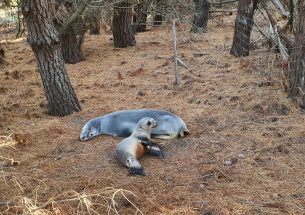News and Opinion
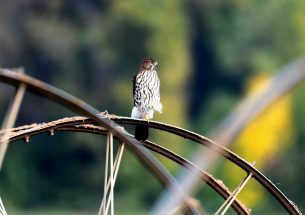
Bird-friendly agriculture: finding the right balance to benefit birds and farmers
READ MORE about Bird-friendly agriculture: finding the right balance to benefit birds and farmers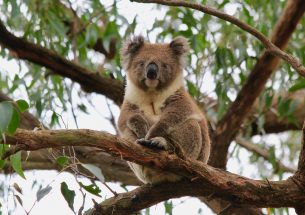
New conservation tool calculates the optimal time to spend researching a habitat before protecting it
READ MORE about New conservation tool calculates the optimal time to spend researching a habitat before protecting it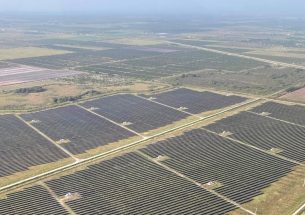
Ecological trade off? Utility-scale solar energy impedes endangered florida panthers
READ MORE about Ecological trade off? Utility-scale solar energy impedes endangered florida panthers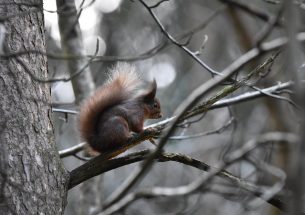
New research shows that current national red squirrel conservation strategies likely to undermine species survival in future
READ MORE about New research shows that current national red squirrel conservation strategies likely to undermine species survival in future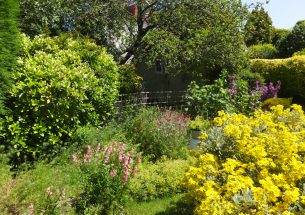
Urban gardens are a dependable food source for pollinators through the year, study suggests
READ MORE about Urban gardens are a dependable food source for pollinators through the year, study suggests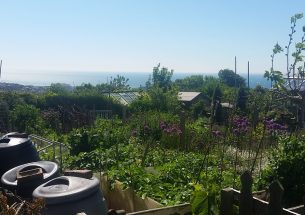
City allotments match farming productivity per square metre
READ MORE about City allotments match farming productivity per square metre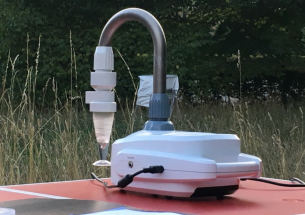
The sky’s the limit: Using airborne DNA to monitor insect biodiversity
READ MORE about The sky’s the limit: Using airborne DNA to monitor insect biodiversity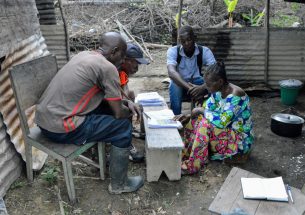
Indigenous communities hold a huge and unique source of ecological knowledge
READ MORE about Indigenous communities hold a huge and unique source of ecological knowledge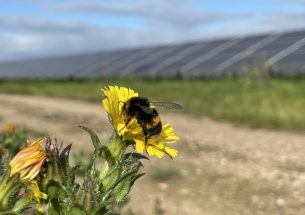
Solar parks could boost bumble bee numbers in a win-win for nature
READ MORE about Solar parks could boost bumble bee numbers in a win-win for nature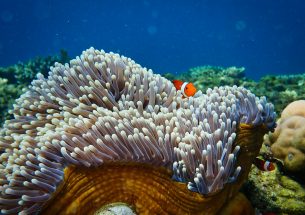
Newly discovered fish songs demonstrate reef restoration success
READ MORE about Newly discovered fish songs demonstrate reef restoration success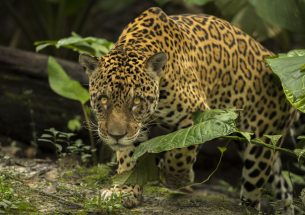
Ecological knowledge of local populations more accurate than 10 years of conventional scientific monitoring
READ MORE about Ecological knowledge of local populations more accurate than 10 years of conventional scientific monitoring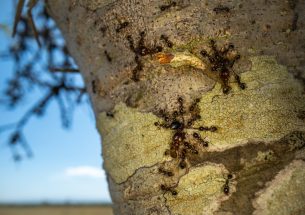
Invasive ants can threaten ecosystems by damaging plants at the roots
READ MORE about Invasive ants can threaten ecosystems by damaging plants at the roots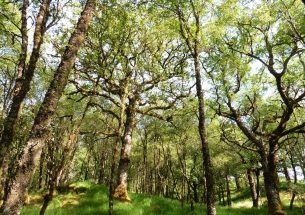
Loss of tree species has cumulative impact on biodiversity
READ MORE about Loss of tree species has cumulative impact on biodiversity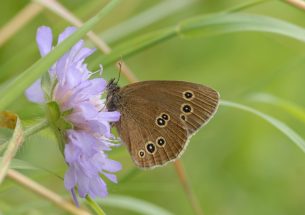
Woodland and hedgerow creation will be crucial to support pollinators in Wales
READ MORE about Woodland and hedgerow creation will be crucial to support pollinators in Wales